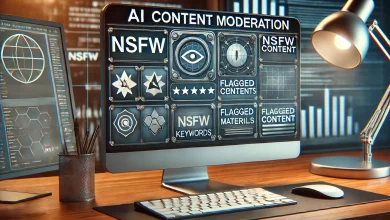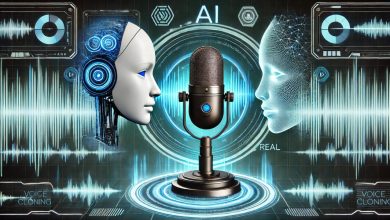Can Machines Create Original Works of Art? The Role of AI in Creativit
Can Machines Create Original Works of Art? The Role of AI in Creativit
Artificial Intelligence (AI) is revolutionizing multiple industries, and the art world is no exception. AI-generated art has gained attention, with some pieces selling for thousands of dollars. But does AI truly create original and meaningful works, or is it simply mimicking patterns from pre-existing data? This article explores the evolution, technology, and creative potential of AI in the art world.
The Rise of AI in Art
The idea of AI-generated art dates back to the 1950s, but recent advancements in deep learning and neural networks have brought AI creativity into the spotlight.
One of the most famous examples is Edmond de Belamy, a portrait created by a Generative Adversarial Network (GAN). This AI-generated artwork was auctioned at Christie’s for over $432,000, sparking debates about the value and originality of machine-created art.
How AI Generates Art
AI uses deep learning models to generate art in various forms, including paintings, music, poetry, and digital media. The most commonly used techniques are:
- Generative Adversarial Networks (GANs): A combination of two neural networks—one generates images, while the other evaluates and refines them.
- Style Transfer: AI analyzes artistic styles from famous artists (e.g., Van Gogh, Picasso) and applies them to new images.
- Dataset Training: AI learns from thousands of pre-existing artworks, creating new compositions based on patterns and color palettes.
While these methods allow AI to produce impressive pieces, they still rely on pre-existing human-created data, raising the question: Can AI ever be truly creative?
Can AI Be Truly Creative?
Creativity is often linked to human emotions, originality, and personal expression. AI, however, does not “think” or “feel”—it generates outputs based on learned patterns.
Yet, AI can create unexpected and unique artworks by combining elements in ways that a human artist might not have considered. It can generate hundreds of variations of a painting in seconds, which could lead to innovative styles and artistic breakthroughs.
But is that true creativity or just advanced mimicry? The answer depends on how we define art and its meaning.
The Human Role in AI Art
Despite AI’s capabilities, human input remains essential in AI-generated art. Artists guide the process by:
✔ Curating datasets
✔ Selecting styles and themes
✔ Refining AI-generated results
Instead of replacing artists, AI acts as a collaborator, helping them explore new creative possibilities.
Ethical and Philosophical Concerns
AI-generated art raises several key issues:
- Authorship & Copyright: Who owns an AI-generated artwork? The programmer, the user, or the AI itself?
- Impact on Human Artists: Could AI flood the market with cheap digital art, reducing the demand for human-created works?
- Value of AI Art: Can AI-generated art ever hold the same emotional depth and significance as human-made art?
Conclusion
AI is transforming the creative process, challenging traditional ideas of originality and artistic expression. While AI cannot replace human creativity, it can be a powerful tool for artists, pushing the boundaries of what is possible in the art world.
What Do You Think?
Can AI truly create meaningful art, or is it just a sophisticated imitation? Share your thoughts in the comments!







